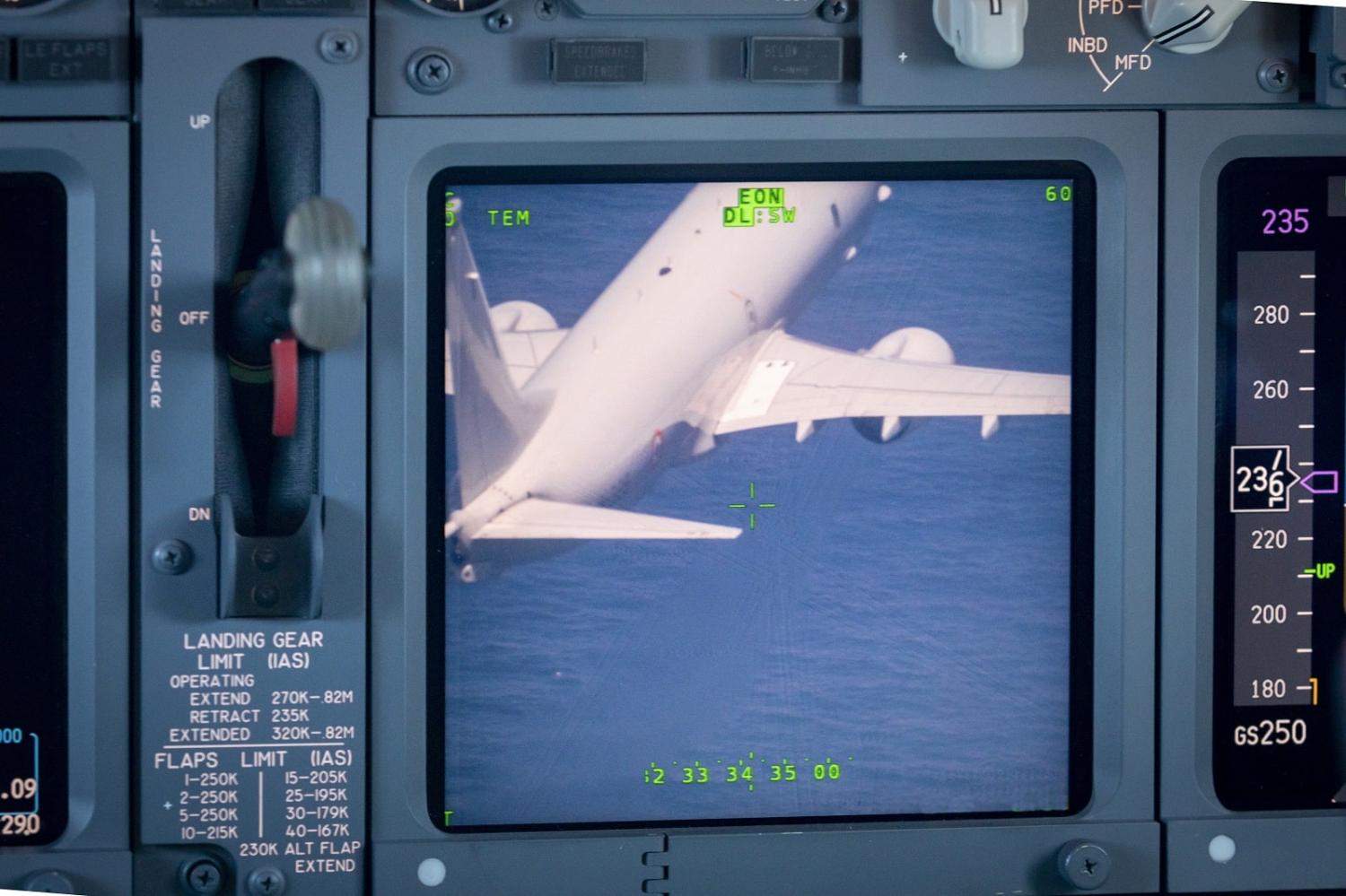One of the key elements of Australia’s Defence Strategic Review (DSR), publicly released in April this year, was the recasting of the Australian Defence Force’s thinking on Northern Australia from a weakness that needs defending to an asset that would do the defending. An enduring fear in the minds of Canberra-based military planners has often been that the vast, scarcely populated north of the country represented a soft and tempting target for an enemy incursion.
This perception was rooted in bitter experience, particularly in the Japanese bombing of Darwin and other northern bases throughout the Second World War. But it outgrew fact by morphing into the understandable fear that Japan’s Pacific offensive would extend to invading Australia’s north because it was isolated and poorly defended. Despite the Japanese Navy proposal to that effect in December 1941 having been swiftly discarded by Tokyo as impractical, the fear of invasion endured in Australian minds.
Hardly mentioned in 1976, this “landing in the north” scenario was baked into Australia’s assumptions by the 1987 Defence White Paper. It held “that conventional military attack against Australia would most likely be directed against the northern part of the mainland, its maritime approaches or off-shore territories”. On that view, the north’s geography represented a net vulnerability for Australia. Though making invasion challenging, it also made it harder for the ADF to defend the country.

The 1994 Defence White Paper reconfirmed the primacy of the image of a vulnerable north in Australia’s defence thinking. “Australia could be most easily attacked in the north,” it argued, prioritising “defending that area by being able to undertake operations in our northern approaches and across northern Australia”. Though still conceived as porous to invasion “anywhere across the north”, some thought was at least given to turning this “vast and difficult” geography to the ADF’s advantage.
The perceived threat to the north disappeared from the Howard government’s 2000 Defence White Paper as Australia adjusted to the dividend of a more benign post-Cold War security environment. Then, in 2009, the Rudd government re-established the sea–air gap to Australia’s north – the vector of any foreign incursion – as the country’s “primary operational environment”. In muted language, it resurrected the 1987-era view of the north as a “vulnerable” and difficult-to-defend military target.
In 2013, the Gillard government also reasserted northern Australia’s importance. Significantly, its 2012 Defence Force Posture Review rejected as not viable the traditional defence-of-Australia view of the north as a vulnerable line to be defended. The ADF would instead use these bases “to support a maritime strategy of manoeuvre, power projection and layered defence in Australia’s Northern approaches”. This is the ancestor of the Albanese government’s concept of “impactful projection”.
Though all Australian governments must plan to defend the north, they are not equal in seeing the north as itself able to defend Australia by taking the fight to the enemy instead of fighting on home soil. While the Coalition’s 2016 Defence White Paper made upgrading northern bases a priority, with Abbott closer to Hawke than Howard in seeing their purpose as guarding Australia’s northern approaches from “incursions”, the north was practically invisible in the Morrison government’s 2020 review as in Howard’s white paper.
Only against this background can we appreciate how the DSR signals both subtle continuity and sharp change in our military thinking on Northern Australia. Continuity in the sense of having brought our thinking back to 1987 in terms of directing defence to take the north seriously. And change by breaking with the Hawke government and going further than the Gillard white paper in thinking of the north as an asset enabling the ADF to project power – not just as a strategic liability.
The DSR’s focus on hardening an enhanced network of bases, ports and barracks in the north and rectifying fuel supply and logistical issues is not new, though the swiftness of the government’s response is. As the review pointedly notes, “most” of the recommendations to that effect in the 2012 Defence Force Posture Review and 2013 Defence White Paper were simply not implemented. Within days, the current government announced $3.8 billion in funding to implement this recommendation.
What is substantially new in the DSR is that it reconceived the north as a strategic opportunity and not just a threat to Australia. This has received less attention than capability decisions and dollar figures. The point of the review’s focus on the north was precisely that it could serve as a platform for the “impactful projection” coined by Defence Minister Richard Marles, giving the ADF more range and means to “hold an adversary at risk further from our shores”. The north is central to this strategy.
The point of hardening northern bases is not to defend them against incursions as Defence previously thought, but to make them survivable springboards for operations in the region – away from our shores.
In this new concept, the north is not the weak link in Australia’s defence but its sword and shield, supporting projection into Australia’s primary area of military interest. To an ADF re-tasked to hold enemy forces at risk with long-range strike capabilities, the north is no longer a burden but an asset.

